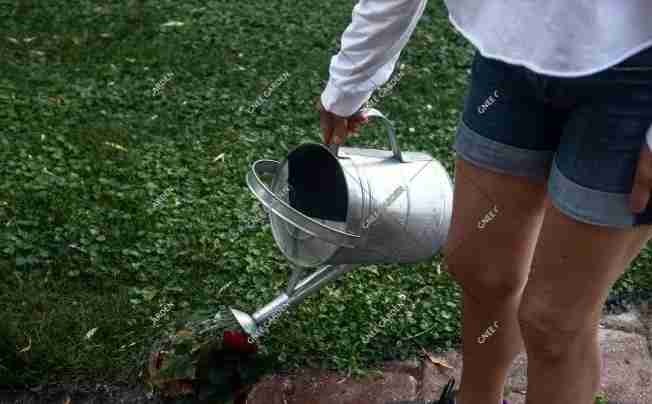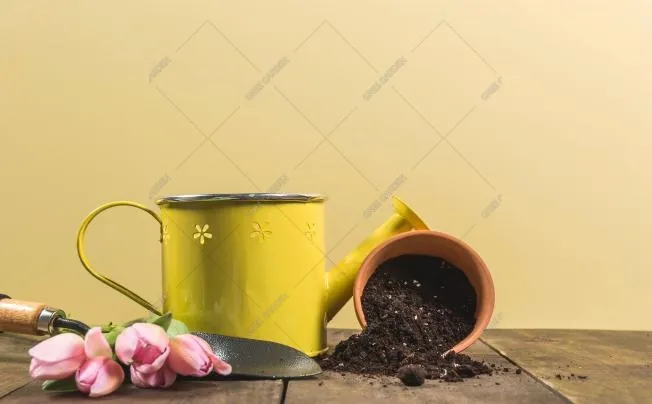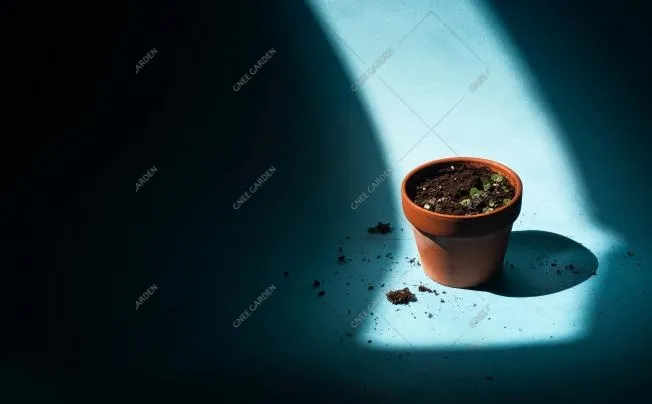When Not To Use Stainless Steel Flower Pots?
Because of their many benefits, stainless steel flower pots have won over many customers in today's gardening and interior and outdoor décor. Stainless steel pots aren't always the greatest option, though. In-depth conversations that we do not use can assist us in selecting flower pots more intelligently, ensuring that plants flourish in the best possible conditions.
Advantages of stainless steel flower pots
robust and long-lasting
Stainless steel flower pots are more impact resistant than those composed of ceramic, plastic, and other materials. Even in the event of an unintentional collision, ceramic flower pots are susceptible to breaking, plastic flower pots are prone to deformation, and stainless steel flower pots will only sustain minor dents that do not interfere with their primary functions. Additionally, stainless steel has excellent corrosion resistance and can withstand the deterioration caused by different chemicals and humid conditions, thus extending its service life. Under typical conditions, it can last for over a decade, saving the difficulty and expense of having to change flower pots on a regular basis.
Beautiful and stylish
Numerous techniques, including brushing, mirroring, electroplating, and others, can be used to process the surface of stainless steel flower pots to produce a range of textures and sheens. In order to satisfy the varying colour preferences of different customers, the electroplating technique may also produce flower pots with rich and varied hues. In addition, stainless steel flower pots have a very rich shape. In addition to the standard round and square shapes, they may be shaped into a variety of unique shapes based on the needs of the user. Moreover, beautiful patterns, logos, and other designs can be etched onto the surface.
Simple to clean
Flower pots made of stainless steel have a smooth surface, are easy to clean, and are resistant to stains. To effortlessly remove dust and debris from the surface and return it to its gleaming condition, simply wipe it with a damp cloth or water mixed with the right amount of detergent. On the other hand, wooden flower pots can get mouldy and rotten if left in water for an extended period of time, while ceramic flower pots might have surface holes that are simple to harbour dirt and tough to clean. These circumstances are effectively avoided by stainless steel flower pots, which saves consumers a great deal of time and effort while cleaning.

When is it not appropriate to use a stainless steel plant pot?
Planting of specific plants
1. Plants with temperature-sensitive roots Orchids and succulents have roots that are very sensitive to temperature changes; for example, orchids grow best in a relatively stable and cool environment, and too high or too low a temperature will interfere with their normal physiological activities. Stainless steel flower pots have good thermal conductivity. In summer, when exposed to direct sunlight, the temperature of the pot body will rise quickly, causing the soil temperature to rise too high, which will inhibit the cell activity of the orchid root system, affect the root system's ability to absorb water and nutrients, and in extreme cases, cause root damage and rot. Succulents have evolved to relatively mild temperatures and are primarily native to dry or semi-arid regions. Because stainless steel flower pots dissipate heat quickly, the soil temperature will be too low in the winter, which can easily cause frostbite to succulent roots; in the summer, the soil temperature will be too high due to rapid heat absorption, which will upset the growth balance of succulent roots and be detrimental to their growth.
Plants with robust and quick root systems
Tiger skin orchids have roots that penetrate deeply and grow quickly. Its roots will continue to spread out in all directions and put a lot of strain on the flowerpot wall as it grows. Even though stainless steel flowerpots are robust and resistant to impact, they may eventually shatter if the tiger lily's roots press them outward for an extended period of time, particularly if the flowerpot is small and cannot provide the necessary root growth area.

Specific environmental conditions
1. High temperature exposure environment
Because of their strong thermal conductivity, stainless steel flower pots can quickly transfer the absorbed heat to the soil in the pot, raising the soil temperature sharply. This is a major problem during the hot summer months when they are placed outdoors in direct sunlight without any protection. Plants will suffer direct harm from excessive soil temperature, which will also speed up the evaporation of water in the roots and result in water loss. High temperatures also disrupt the biological balance of the soil, alter the activity of microorganisms in the soil, and impact the plant's ability to absorb nutrients, which can lead to leaf withering and yellowing or even plant death.
2. An situation with inadequate ventilation and high humidity
Despite stainless steel's relative resistance to corrosion, rust will eventually develop due to the progressive destruction of the oxide film on its surface caused by prolonged high humidity and inadequate air circulation. In addition to detracting from the flower pot's aesthetic appeal, rust will weaken the pot body, make it thinner, and limit its lifespan. Furthermore, rust and its byproducts may seep into the soil through watering and other procedures, altering the pH and physical characteristics of the soil and negatively impacting plant root development. Furthermore, the soil's water is difficult to evaporate in this setting because of inadequate air circulation, which can quickly lead to waterlogging. The respiration of plant roots will be further impacted by the limited air permeability of stainless steel flower pots, resulting in root hypoxia and root illnesses such root rot, which will ultimately hinder the plants' ability to grow healthily.
Taking cost and cost performance into account
1. A tight budget
Stainless steel flower pots are substantially more expensive than flower pots made of other popular materials. Stainless steel flower pots of the same size might cost several times as much as or more than regular plastic flower pots, which are often less expensive. Mid- and low-end ceramic flower pots are reasonably priced and can accommodate the everyday demands of the majority of customers, even though the cost of ceramic flower pots vary based on craftsmanship and quality. Selecting a more expensive stainless steel flower container will put more of a financial strain on customers with tight budgets who only wish to cultivate flowers. The effect and experience of the entire flower planting will be impacted if, for the same purchase quantity, stainless steel flower pots are chosen because they will cost more money. This could result in less money being spent on other flower planting-related expenses, like buying premium soil and fertiliser.
2. Needs for extensive procurement
The cost disadvantage of stainless steel flower pots becomes more noticeable when large-scale flower planting projects are needed, such as park landscape layout, green plant decorating in large commercial areas, etc., and a significant number of flower pots must be acquired. Purchasing stainless steel flower pots on a large scale will result in significant cost pressure, which is very detrimental to project budget control.

Selected Blogs
-
What customization services are available for metalworking customization?
2024-12-12
-
What Is The Difference Between A Plant Container And A Raised Bed?
2024-04-23
-
Garden Screening & Fence Panels
2024-04-23
-
Gardening pot selection tips
2024-04-17
-
The function and collocation of horticultural fire pot
2024-04-17


